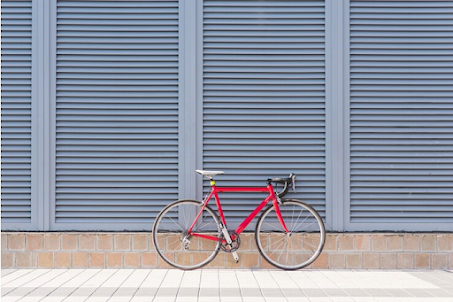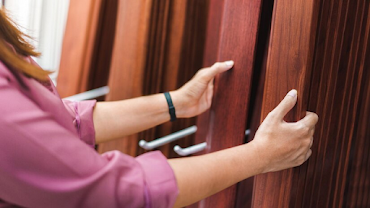Customizing Your Cycle Store Door: From Color to Hardware Choices
Introduction:
A cycle store door is an essential component of any bike storage solution. It is the first line of defense against theft, weather, and damage. It is also an opportunity to add a unique touch to the overall design of the cycle store. When it comes to customizing a cycle store door, there are a few things to consider, including the color, material, and hardware. In this guide, we will explore these options and provide a comprehensive overview of how to customize a cycle store door.
Color Options:
One of the most significant aspects of customizing a cycle store door is the color. The color of the door can make a significant impact on the overall appearance of the cycle store. When it comes to choosing a color, there are a few things to consider.Matching the Existing Color Scheme: If the cycle store is part of a larger structure, such as a house or garage, it is essential to choose a color that matches the existing color scheme.
Standing Out: If the cycle store is a standalone structure, choosing a bold or unique color can make it stand out and add personality to the overall design.
Reflecting Personal Style: Choosing a color that reflects personal style can also be a fun way to customize the cycle store door.
Material Options:
The material of the cycle store door is another critical aspect of customization. Different materials have different properties and can impact the overall durability and security of the cycle store. The following are some material options to consider:
Wood: Wood doors are a popular option for cycle stores as they are durable and can be customized to match the existing design of the structure.
Steel: Steel doors are known for their strength and durability. They are also low maintenance and can withstand harsh weather conditions.
Aluminum: Aluminum doors are lightweight, corrosion-resistant, and easy to maintain. They are also energy-efficient and can help to reduce heating and cooling costs.
Hardware Options:
The hardware of the cycle store door is the final aspect of customization. Hardware options include locks, handles, hinges, and other components that impact the security and functionality of the door. The following are some hardware options to consider:
Locks: The type of lock used can impact the security of the cycle store. Options include padlocks, deadbolts, and combination locks.
Handles: Handles can impact the ease of use of the door. Options include knobs, levers, and pulls.
Hinges: The type of hinges used can impact the durability and security of the cycle store door. Options include butt hinges and continuous hinges.
FAQ:
Q: How important is the color of the cycle store door? A: The color of the cycle store door is essential as it can impact the overall appearance of the structure.
Q: What material options are available for cycle store doors? A: Material options include wood, steel, and aluminum.
Q: What hardware options should be considered for cycle store doors? A: Hardware options include locks, handles, hinges, and other components that impact the security and functionality of the door.
Conclusion:
Customizing a cycle store door can add personality and functionality to the overall design of the structure. When it comes to customization, color, material, and hardware options should be considered. Choosing a color that matches the existing color scheme or reflects personal style can make a significant impact on the overall appearance of the cycle store. Material options include wood, steel, and aluminum, each with different properties that impact durability and security. Hardware options include locks, handles, hinges, and other components that impact the functionality and security of the door. By considering these options, a cycle store door can be customized to meet individual needs and preferences.




Comments
Post a Comment